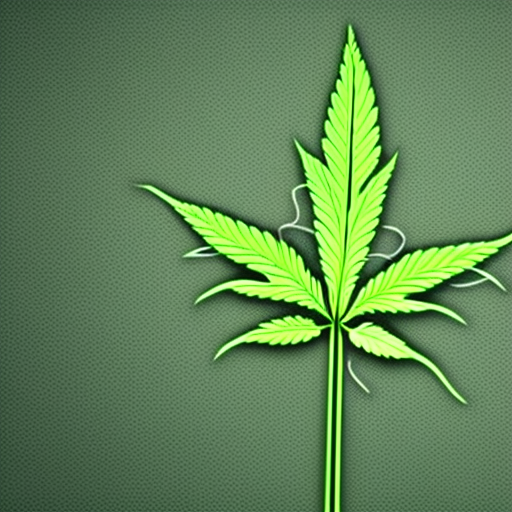
Hydroponics, a method of cultivation that does not utilize soil and instead relies on a nutrient-rich water solution, has become increasingly popular in the growth of cannabis. Referred to as “hydroweed,” “hydro,” or “dro,” hydroponics offers numerous advantages over traditional soil cultivation. In this article, we will explore what hydroponics is, how it works, and why it is an excellent option for growing cannabis.
Hydroponics is a general term for plant cultivation in water. Whether growing cannabis or tomatoes, hydroponic systems use water enriched with dissolved nutrients necessary for plant growth. The plants are either suspended in water or supported by a medium such as clay pebbles, rock wool, or perlite. Oxygen is also aerated into the water to prevent stagnation. Those utilizing hydroponic systems monitor the pH and electrical conductivity of the water regularly to maintain optimal conditions.
The fundamental principle behind hydroponics is providing nutrients directly to the roots of plants while avoiding interference and potential risks from pests associated with soil cultivation. Plants grown hydroponically tend to grow larger, faster, and healthier compared to soil-grown plants. Additionally, hydroponic systems offer other benefits such as saving space, water, labor time and costs, eliminating the need for tilling, weeding, and watering, and allowing for indoor or outdoor cultivation in any climate or season with proper light and ventilation.
While cannabis has historically been grown successfully in soil for centuries, hydroponics offers significant benefits on both commercial and personal scales. Commercial growers appreciate the control over quality and quantity that hydroponics provides. When growing hydroponically, cannabis can produce up to 20% more buds than the same genetics grown in soil. This increased yield is attributed to the plant’s ability to focus its energy on flowering rather than developing a strong root system.
Moreover, growing cannabis hydroponically can improve the potency of the plant by avoiding stress from pests and diseases often associated with soil cultivation. Hydroponic plants can absorb more nutrients compared to soil-grown plants, leading to enhanced flavor and aroma as they produce more terpenes and can express their genetic potential without being affected by soil quality or contaminants.
Various hydroponic growing systems are widely utilized in cannabis cultivation. The ebb and flow system, also known as a flood and drain system, involves flooding plants with water and nutrient solution before removing it. This system prevents salt buildup, root rot, and other potential issues. The drip system delivers nutrient solution individually to plants through a drip emitter while allowing excess solution to drain away. The nutrient film technique (NFT) system involves a continuous flow of nutrient solution over the roots of plants suspended in net pots or slabs of rockwool.
Starting hydroponic cannabis cultivation is not as complicated as it may seem. Basic equipment required includes a hydroponic system (purchased or self-built), a grow light, a timer for light control, a dedicated space for plants with temperature, humidity, and airflow control, a fan, a nutrient solution containing essential elements for cannabis growth, a pH meter and an EC meter for water measurement and adjustment, and cannabis seeds or clones.
To begin growing hydroponically, germinate seeds or root clones in a moist medium such as rockwool cubes or peat pellets. Once the seedlings or clones develop roots, transplant them into the hydroponic system. Adjust water level, nutrient concentration, pH level, and EC level according to the growth stage of the plants. Set the light cycle based on vegetative or flowering stages. Prune and train plants to optimize growth and yield. Finally, harvest buds when they are ripe and ready.
In conclusion, hydroponic weed offers an innovative and rewarding method of growing cannabis with numerous benefits over soil cultivation. By utilizing hydroponics, growers can achieve faster, larger, stronger, and tastier buds with fewer risks from pests and contaminants. Whether on a commercial or personal scale, hydroponics provides greater control over quality and quantity, making it an excellent option for cannabis cultivation.

